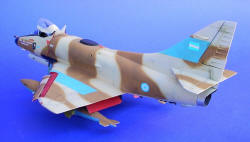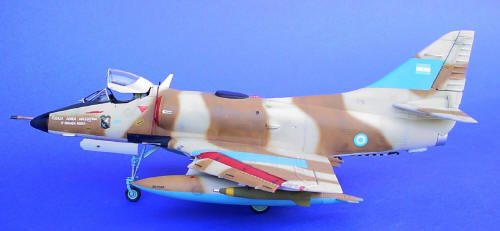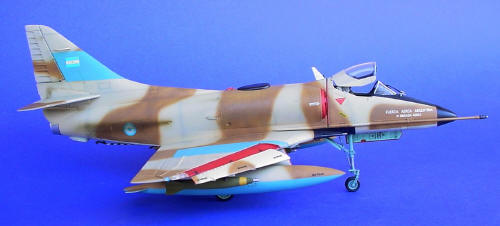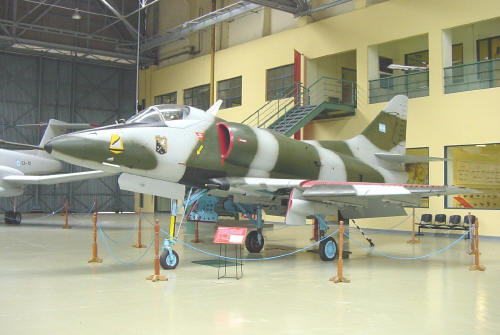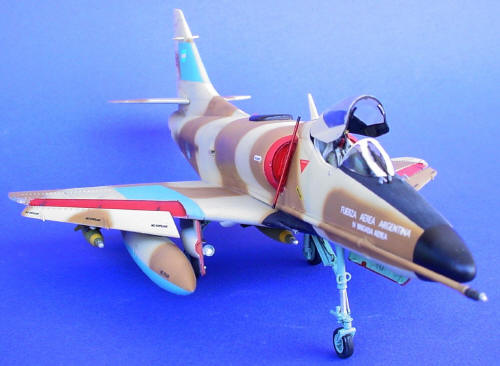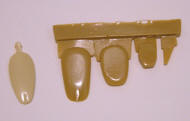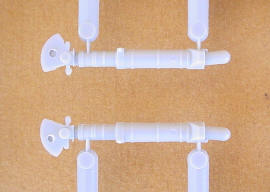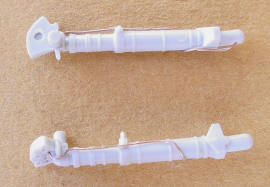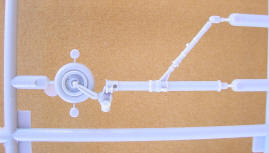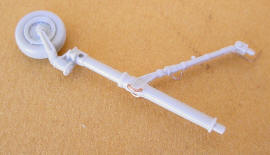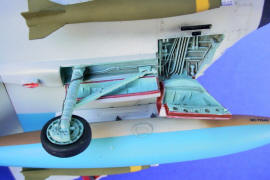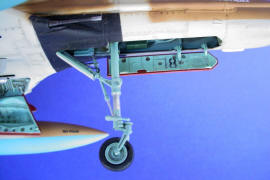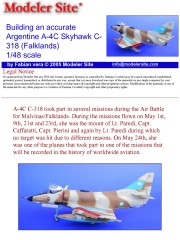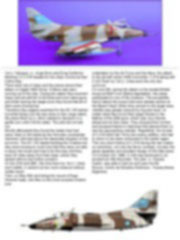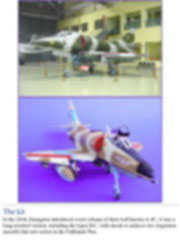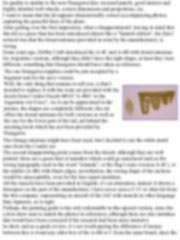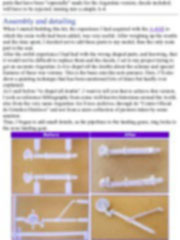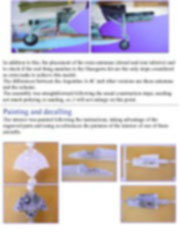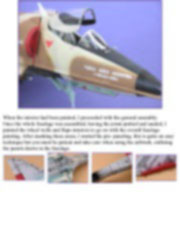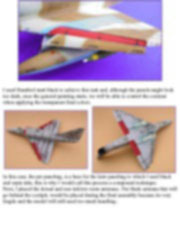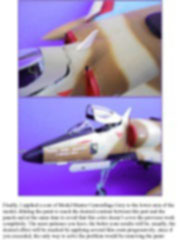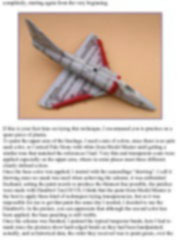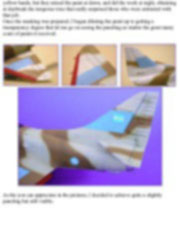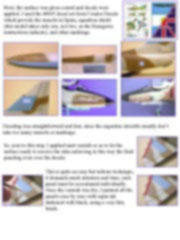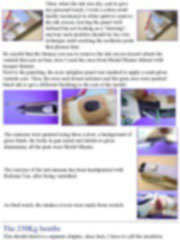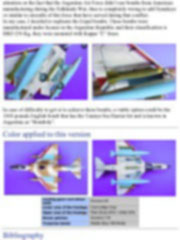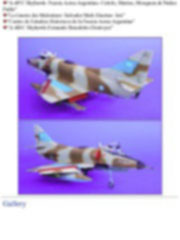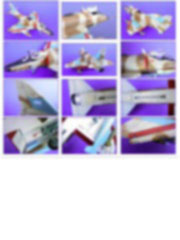|
Airplanes |
|
||||||||||||||||||||||||||||||||||||
|
Building an accurate Argentine A-4C Skyhawk C-318 (Falklands) 1/48 scale |
|||||||||||||||||||||||||||||||||||||
|
by Fabian vera © Modeler Site |
|||||||||||||||||||||||||||||||||||||
|
Legal Notice No material from Modeler Site any Web site owned, operated, licensed, or controlled by Damian Covalski may be copied, reproduced, republished, uploaded, posted, transmitted, or distributed in any way, except that you may download one copy of the materials on any single computer for your personal, non-commercial home use only, provided you keep intact all copyright and other proprietary notices. Modification of the materials or use of the materials for any other purpose is a violation of Damian Covalski's copyright and other proprietary rights. Read More here > Legal notice A-4C C-318 took part in several missions during the Air Battle for Malvinas/Falklands. During the missions flown on May 1st, 9th, 21st and 23rd, she was the mount of Lt. Paredi, Capt. Caffaratti, Capt. Pierini and again by Lt. Paredi during which no target was hit due to different reasons. On May 24th, she was one of the planes that took part in one of the missions that will be recorded in the history of worldwide aviation.
The kit In the 2004, Hasegawa introduced a new release of their well known A-4C, it was a long-awaited version, including the types B/C, with decals to achieve two Argentine aircrafts that saw action in the Falklands War. Its quality is similar to the new Hasegawa kits: recessed panels, good interior and highly detailed well wheels, correct dimensions and proportions, etc. I want to mean that the kit appears dimensionally correct accompanying photos, capturing the graceful lines of the plane. After getting over the first impression, what a disappointment!, having in mind that this kit is a piece that has been introduced almost like a “limited edition”, the first I noticed was that the dorsal antenna (provided in resin by the manufacturer), is wrong. Some years ago, Hobby Craft introduced the A-4C and A-4B with dorsal antennas for Argentine versions, although they didn’t have the right shape, at least they were different, something that Hasegawa should have taken as reference.
The Omega antennas might have been used, but I decided to use the white metal ones from the Condor set. All the stencils have been provided in English, it’s an aberration, indeed. It shows a disrespect on the part of the manufacturer, I have never seen a F-15 or other kit from the this company, representing an aircraft of the JAF with stencils in other language than Japanese, as is right. In short, and as a quick review, it´s not worth paying the difference of money between this A-4 and any other box of the A-4B or C from the same brand, since the parts that have been “especially” made for the Argentine version, decals included, will have to be rejected, turning into a simple A-4. Assembly and detailing When I started building this kit, the experience I had acquired with the A-4AR to which the resin wells had been added, was very useful. After weighing up the results and the time spent, I decided not to add these parts to my model, thus the only resin part is the seat. After the awful experience I had had with the wrong shaped parts, and knowing, that it would not be difficult to replace them and the decals, I set to my project trying to get an accurate Argentine A-4 to dispel all the doubts about the scheme and special features of these war veteran. This is the basic aim this note pursues. Here, I’ll also show a painting technique that has been mentioned lots of times but hardly ever explained. As I said before “to dispel all doubts”, I want to tell you that to achieve this version, I took as reference bibliography from some well-known historians around the world, also from the very same Argentine Air Force archives, through its “Centro Oficial de Estudios Histricos” and not from a mere collection of pictures taken by some amateur. Thus, I began to add small details, as the pipelines to the landing gears, ring locks to the nose landing gear.
In addition to this, the placement of the resin antennas (dorsal and rear inferior) and to check if the real thing matches to the Hasegawa kit are the only steps considered as extra tasks to achieve this model. The differences between the Argentine A-4C and other versions are these antennas and the scheme. The assembly was straightforward following the usual construction steps, needing not much puttying or sanding, so, I will not enlarge on this point. This special issue is only available in pdf format. This is a technical article of 16 pages. Includes more than 68 high res pictures. > Here
Support us ordering our notes in PDF > Here |
|||||||||||||||||||||||||||||||||||||

